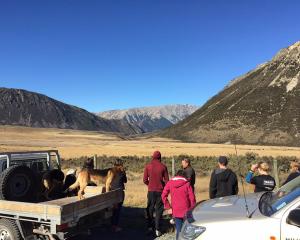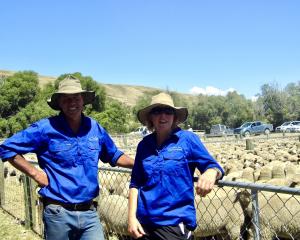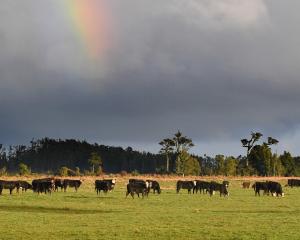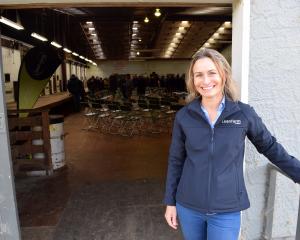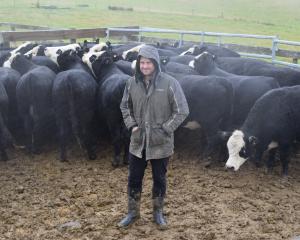Healthy farmgate prices for beef look like they will continue through to 2025 on the back of tight supplies globally and steady demand.
However, Rabobank remains wary of key challenges facing beef farmers — including the need to lower greenhouse gas emissions and reduce bobby calf processing.
The bank said new ideas and strategic investment was needed from the industry to find solutions and extract more value from the beef supply chain.
Agricultural analyst Genevieve Steven said the beef industry had performed exceptionally well over recent years.
Beef exports had grown by 94,000 tonnes or 21% over the past five years and enjoyed a golden run of pricing, she said.
"Growing demand from China has been the key factor that has fuelled an increase in New Zealand beef exports. In 2017, China accounted for just 20% of New Zealand beef exports, but since then, we’ve seen export volumes increase markedly and China is now New Zealand’s largest export market for beef accounting for close to 40% of total exports in 2021."
Ms Steven said the outlook for New Zealand exports over coming seasons remained strong, despite the prospect of increased competition from Australia and Brazil.
Global beef production would remain tight through to 2025 from the re-building of the United States’ beef cow herd, she said.
"We also expect consumption of ground beef in the US will grow as consumers trade down to lower-value beef cuts, in response to economic tightening. And this will play into New Zealand’s favour as we’re a key supplier of lean trimmings into the US for ground beef production."
That would ensure farmgate beef prices remained at elevated levels over the next few years, she said.
But the bank’s report — Capitalising on Tailwinds through to 2025 — acknowledges the positive outlook was framed around coming change for the beef industry.
Ms Steven said international agreements were driving markets to reduce emissions, mostly at the farm level, and farmers were experiencing market signals from increased regulations.
New tree plantings plus emission and freshwater regulations are also expected to drive a decrease in New Zealand beef production by 4% over the next three years.
The report said the sector would also have to find ways to manage the increased need for bobby calf processing, with Fonterra set to bring in new rules this year with all non-replacement calves entering a value stream such as dairy beef finishing, veal production or pet food.
"This will result in a significant jump in the number of bobby calves to process annually from mid-2023, and the meat industry is concerned about its ability to process increased volumes of bobby calves due to labour constraints and the highly condensed bobby calf season," Ms Steven said.
She said different solutions were needed to adapt the supply chain so it was fit for the future.
Opportunities include closer integration of the dairy and beef industries and capturing more value through net zero carbon benefits.
The lower emissions of dairy beef cattle as a result of their milk production could offset beef sector emissions.
Other openings were genetic research to find low emissions traits, and methane reducing technologies in the dairy industry to eventually reduce the emissions of dairy beef calves entering the beef supply chain.
Ms Steven said dairy beef genetics could be more closely shaped to gain market premiums for beef and meet finishers’ requirements.
Further opportunities were the development of a rose veal industry within New Zealand for beef cattle slaughtered at age eight to 12 months as it was not commonly consumed domestically.
A grass-fed rose veal product could have export opportunities in Europe or the US and Asia.
Some consumer groups were also willing to pay premiums for net zero carbon beef from New Zealand in high value cuts.
A market may exist for net zero carbon lean trimmings in the US market as an ingredient for ground mince.


